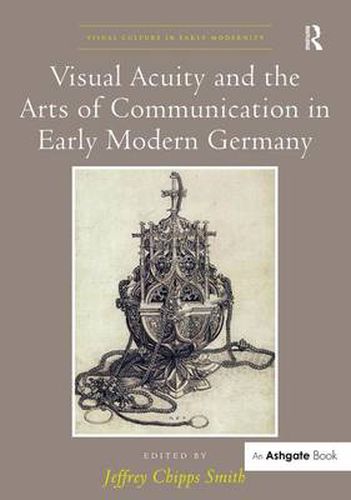Readings Newsletter
Become a Readings Member to make your shopping experience even easier.
Sign in or sign up for free!
You’re not far away from qualifying for FREE standard shipping within Australia
You’ve qualified for FREE standard shipping within Australia
The cart is loading…






During the early modern period, visual imagery was put to ever new uses as many disciplines adopted visual criteria for testing truth claims, representing knowledge, or conveying information. Religious propagandists, political writers, satirists, cartographers, the scientific community, and others experimented with new uses of visual images. Artists, writers, preachers, musicians, and performers, among others, often employed visual images or conjured mental images to connect with their audiences.
Contributors to this interdisciplinary collection creatively explore how the exponential growth in images, especially prints, impacted the intellectual horizons and the visual awareness of viewers in early modern Germany. Each of the chapters serves as a case study for one or more of the volume’s sub-themes: art, visual literacy, and strategies of presentation; audience and the art of persuasion; the art of envisioning; the ephemeral arts and theatricality; the built environment and spatial settings; and the history of the visual.
$9.00 standard shipping within Australia
FREE standard shipping within Australia for orders over $100.00
Express & International shipping calculated at checkout
During the early modern period, visual imagery was put to ever new uses as many disciplines adopted visual criteria for testing truth claims, representing knowledge, or conveying information. Religious propagandists, political writers, satirists, cartographers, the scientific community, and others experimented with new uses of visual images. Artists, writers, preachers, musicians, and performers, among others, often employed visual images or conjured mental images to connect with their audiences.
Contributors to this interdisciplinary collection creatively explore how the exponential growth in images, especially prints, impacted the intellectual horizons and the visual awareness of viewers in early modern Germany. Each of the chapters serves as a case study for one or more of the volume’s sub-themes: art, visual literacy, and strategies of presentation; audience and the art of persuasion; the art of envisioning; the ephemeral arts and theatricality; the built environment and spatial settings; and the history of the visual.